Car Battery Colour Indicator Black

The car battery plays an important role in the operation of the electrical components in the car.
It is needed to start the car, run the air conditioning, listen to music, wash the windscreen and turn on the headlights at night. If your battery has a low voltage, you will have problems starting in the morning or the headlights will be extremely weak at night.
The typical battery life is 4 to 5 years, depending on use.
However, you will need to test your car battery regularly to make sure it works well.
How to Check your Car Battery Health
There are a few different ways you can use to test your car battery health. Here are 8 of the best methods to get a correct diagnosis of your car battery:
Total Time: 10 minutes
1. Check the voltage
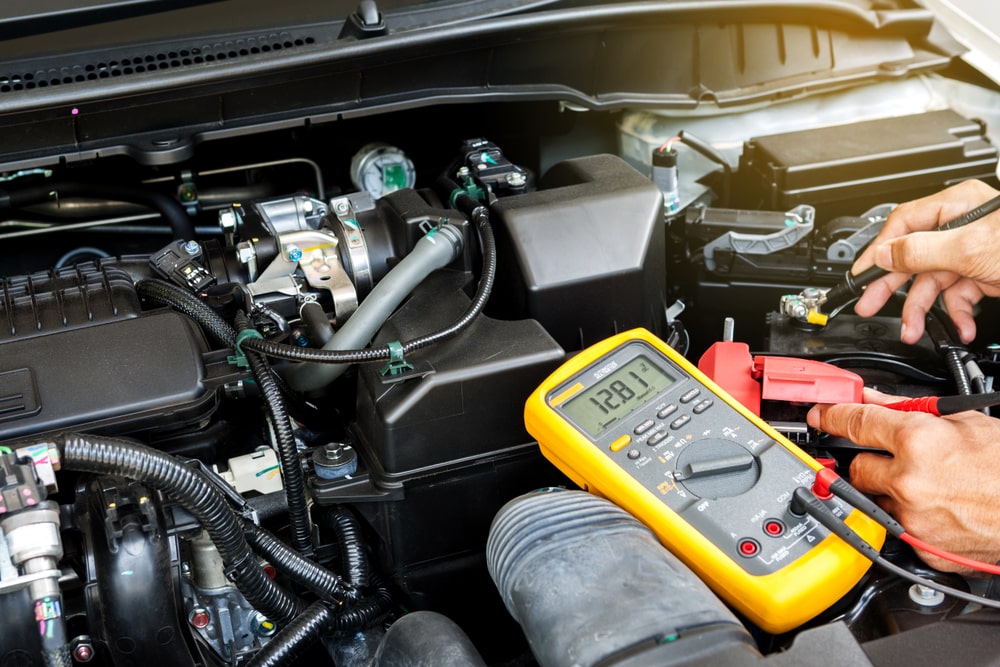
The voltmeter is the device used to measure voltage in devices. Voltmeters can be either analog or digital; the choice of one depends on your personal preferences and budget. The first thing to do when using the voltmeter is to turn off any car accessories that could drain power from the battery. This includes turning off the ignition, car radio, and headlights.
Next, remove the covers on the battery terminals. Connect the positive point of the voltmeter to the red battery terminal, while the negative point should be connected to the black battery terminal. Check the readings; a good battery should indicate a voltage between 12.4 V and 12.7 V.
A reading above 12.5 V is an indication of a good battery, while a 12.3 V charge means that your battery is 75% charged. Anything below 11.8 volts means your battery is low in charge and working at 25%. Using a voltmeter is not the best method for getting a accurate result though, you need to test the battery under load.
2. Headlights test

If you do not have a voltmeter, you can check how the car's headlights react when you turn the car up. If you turn the headlights on and find that they are darker than usual, your car battery may be low. If you turn the car up and the headlights get brighter, it means that your alternator is working but does not supply enough current to fully charge the battery.
If you don't notice any change in the brightness of the headlights when you turn the car up, the battery is working properly.
3. Battery health indicator
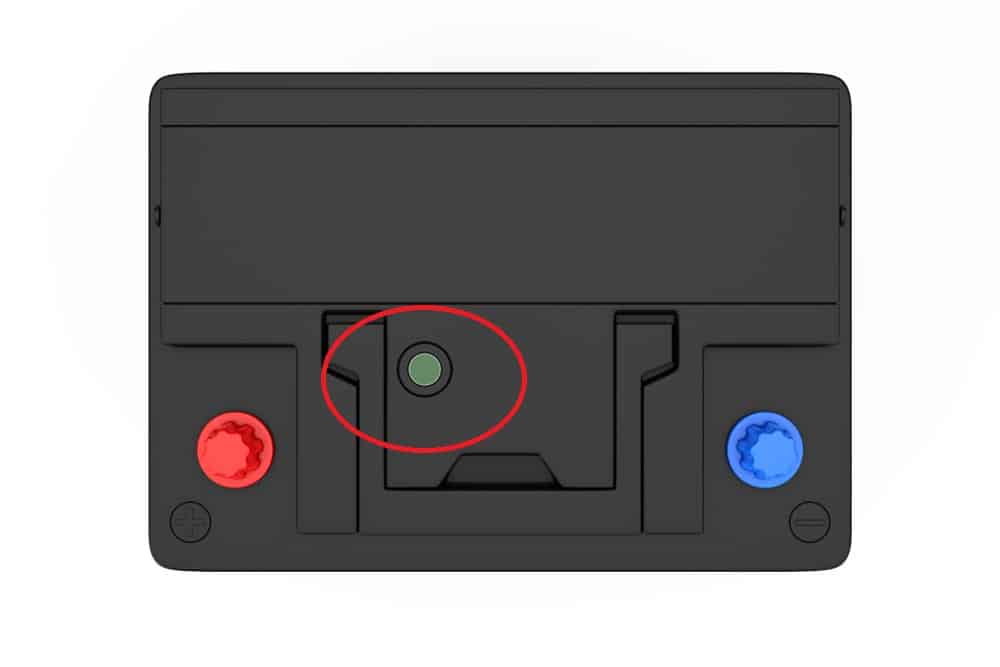
This is a new component that has been added to modern cars. The indicator is a cover attached to the battery, and when you turn on the ignition, an arrow moves to either red or green. When the voltage of your battery is low, it turns red, when it is in good condition, it turns green. When your battery is empty and no longer in use, you will see a black color.
4. Load test
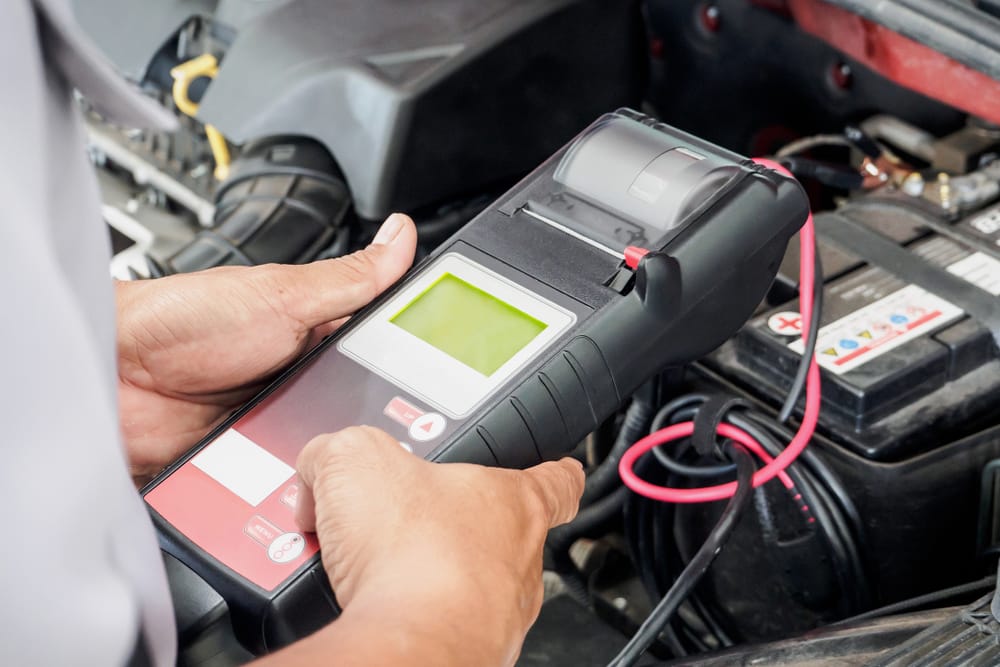
For this test you need a car battery tester. Test your battery with a CCA rating of one and a half and observe if the battery holds 9.6 volts for 15 seconds. When performing the test, make sure the battery is fully charged.
5. Power probe
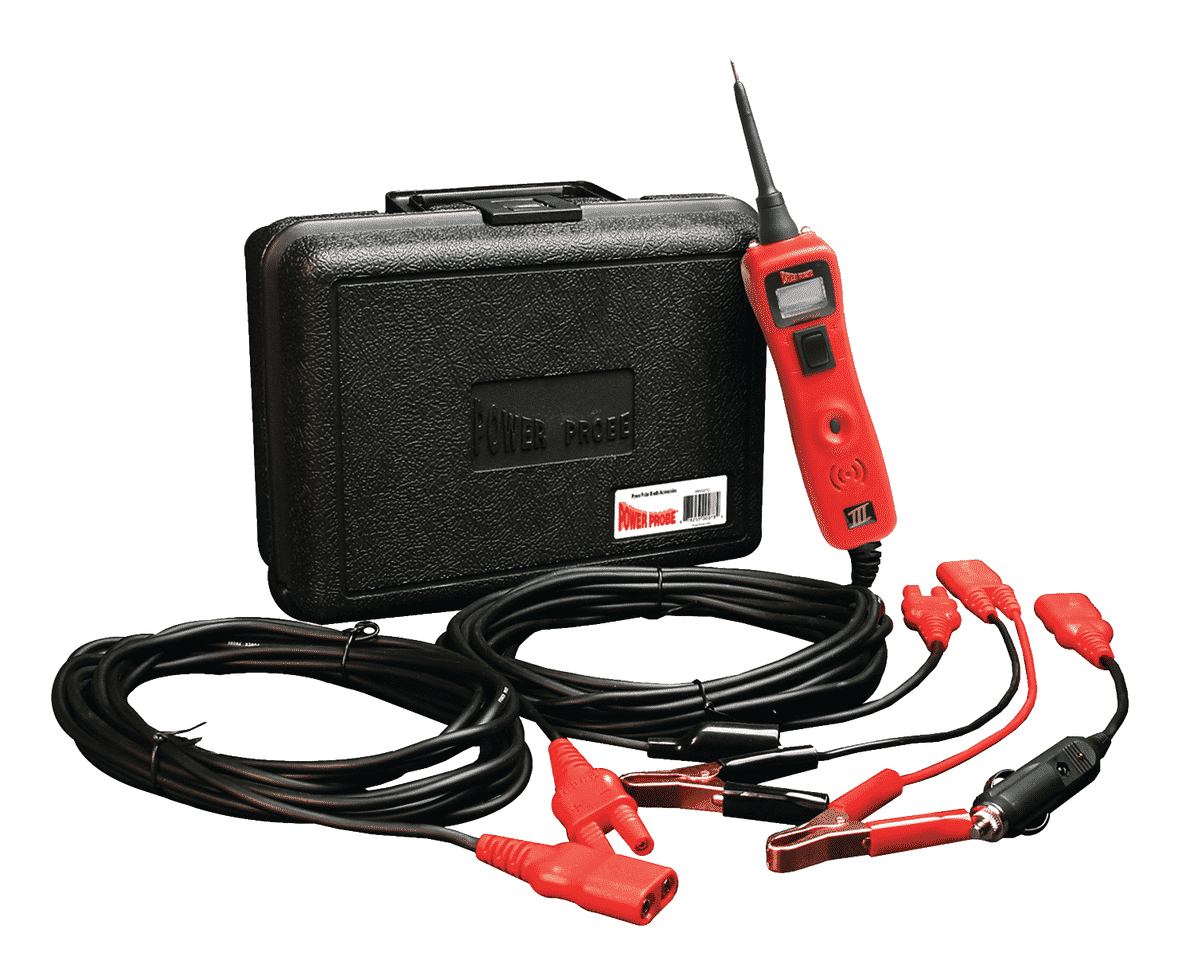
If you do not have a voltmeter, you can check a car battery with a performance certificate. The power measurement probe has a tip, which you tap on the positive battery pole and the negative pole on the -ve of the power measurement probe. A good battery should have a reading between 12.2 and 12.9 volts.
Make sure that you have turned off the ignition and all accessories that use the battery are turned off. This is not the best way to measure since it is much better to test under load.
6. Ammeter

The ammeter is used to check the incoming and outgoing charge of the battery. The ammeter tells you whether your battery is fully charged by the alternator. If the incoming charge is full, your battery is OK.
7. Hydrometer check
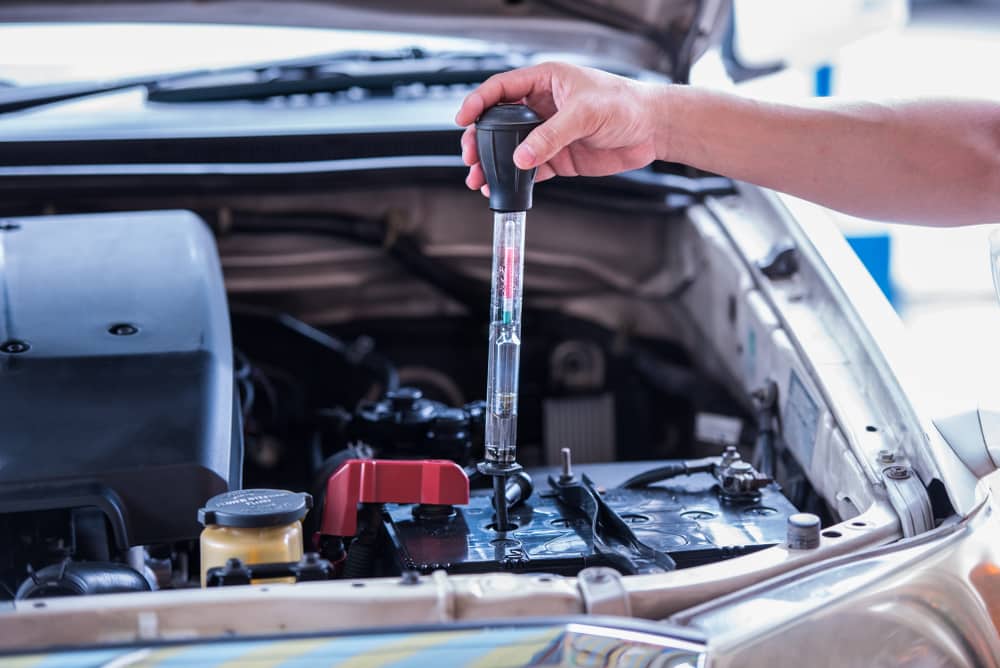
The hydrometer is used to check the degree of acidity in the battery plates. If the acid is weak, the battery is working properly. For best results, buy a hydrometer with a thermometer. You will find some models that adjust themselves, while some come with a conversion table.
Battery acid is dangerous and you must wear gloves when working with acid. Also do not use a metal thermometer for the electrolyte temperature because of reactions with the acid.
To begin, open the plate covers on the top of the battery. Drop your hydrometer into the first cell and press the hydrometer cover together. As soon as you release the lid, the electrolyte flows into the hydrometer.
Make a note of the measured value for the specific gravity of the electrolyte. Repeat the test with the other cells.
A functioning battery indicates a reading between 1.265 and 1.299, while a reading below this indicates an undercharged battery. Larger discrepancies in the measured values indicate that the battery is sulfated.
8. Physical inspection of the battery

A physical examination of the car battery is essential to detect any cracks. To do this, you must first disconnect the battery terminals and then remove the battery from the car. Place the battery on a flat surface and check that no bulge has formed on the surface of the battery. Doming of the battery is the result of overcharging. Next, inspect the battery terminals and look at the insulation. If the battery has cracks, you must replace it.
Before you put the battery back in the battery carrier, you must clean it. Cleaning the battery is easy. All you need is some baking soda, water and a soft brush. Pour the ingredients into a container and wash the top and side of the battery with the soft brush. Wipe off excess liquid with a dry cloth. Repeat the procedure with the connectors.
Check the battery carrier for signs of corrosion and make sure there are no mixing screws. Place the cleaned battery on the battery compartment and screw it in place. Make sure that the battery does not rock sideways. Replace the terminals, starting with the positive terminals. Apply some Vaseline or grease to the poles before closing the cover to prevent corrosion.
Conclusion
It is important to check the battery voltage occasionally. An empty battery can cause you to be stranded in dangerous places. You can start by checking the battery for cracks or bulging sides. If everything is fine, use a voltmeter to check the battery voltage. A good battery should have a voltage of 12.5 volts. If you see a reading of less than 11.8 volts, the battery is weak and needs recharging or replacement.
Still have questions?
Ask any car question in our new community!
Magnus is the owner and main author of MechanicBase. He has been working as a mechanic for over 10 years, and the majority of them specialized in advanced diagnostics and troubleshooting. Certified Automotive Diagnostic Technician.
Car Battery Colour Indicator Black
Source: https://mechanicbase.com/electric/how-to-check-a-car-battery/
0 Response to "Car Battery Colour Indicator Black"
Post a Comment